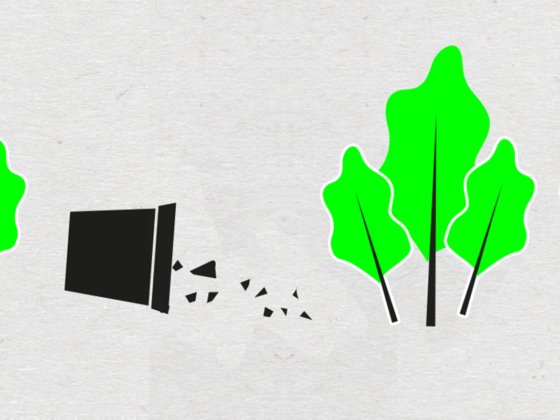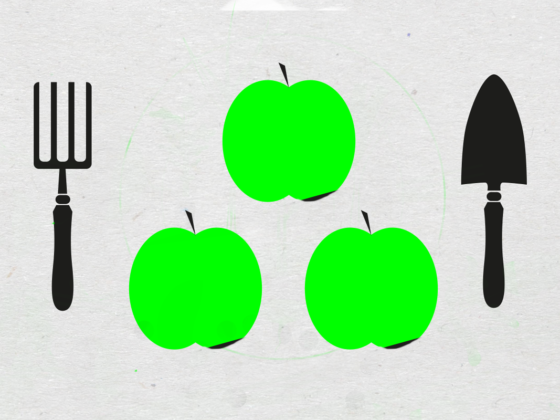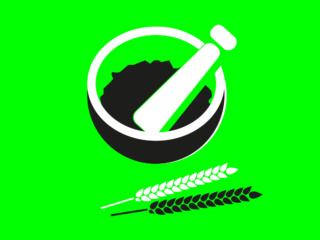WANT WINTER CROPS? TIME TO Get OFF the SUN LOUNGER and GET sowING

Earlier this July, while the rest of an overheated nation flung open the doors of lockdown and rushed to give itself third-degree sunburn on the nearest litter-spattered beach, a bunch of medical scientists were preparing for winter. In a 72-page document addressed to the UK government, they outlined how we should best ready ourselves for a second wave of Covid infections, which they predicted will hit once the weather cools and everyone heads back inside. Their recommendations included increasing ventilation in public buildings, giving huge swathes of the population a free flu vaccination, and running a public campaign encouraging us to improve our health as much as possible before the viral shit next hits the fan. What they didn’t mention was vegetables.
The sillies! A reliable supply of fresh veg won’t stop you getting Covid, but getting your five-a-day will support overall health. Those scientists should be thrilled that so many people started vegetable patches when lockdown began: by now all those new zombie gardeners should be harvesting lots of lovely, nutritious summer crops, to get themselves in peak condition before the autumn. But what then? Come the colder months, will the garden-gift stop giving?
Nope. For zombie gardeners, knowing how to keep vegetables coming throughout the year has always been a key apocalypse-surviving skill, whether we’re dealing with Covid, climate collapse, or Britain failing to agree trade terms with the EU by 31st December and most of Kent turning into a lorry park. Practised gardeners understand that the trick to eating well in winter is – sow in summer.
So, time to get off your sun lounger, and into the potting shed.
Cold comforts
In most of the UK, August is the month to sow a garden’s-worth of nutritious roots, greens and herbs that you can harvest, despite the cold, from November through to March. So if you’re thinking of doing a garden centre trip, or hitting the online seed merchants, these are the seeds you should be stocking up on:
- Turnips and winter varieties of radishes
- Spring varieties of cabbage
- Chard, leaf beet (aka perpetual spinach) and true spinach
- Chicory and endive
- Coriander, chervil and parsley
- Hardy salad leaves, including lamb’s lettuce, sorrel and winter purslane
All of these will grow happily outdoors in open ground or containers, with the help of decent soil and a bit of protection from pests or really vicious weather – twigs or bird net to keep off pigeons, a layer of insect mesh or horticultural fleece to protect from the worst of the freezing winds. If you bump up the protection against cold and damp using closed cloches or hoop tunnels, you can add slightly more tender leaf crops like mizuna or pak choi, salad rocket, and even – with the right varieties – that most summery of crops, lettuce. It’s also worth mentioning that August is the moment to sow spring onions – what Americans call scallions – although these are unlikely to be ready for harvesting until April at the earliest.
Order, order
The way to achieve this bounty is, as always in gardening, to make sure you do things at the right time. The idea with these crops is to get them big enough so that they have established themselves well before the days get too short and temperatures too cold; but also not to sow so early that they grow away at racehorse speed and need harvesting before winter comes.
First off, divide your August sowing timetable in two. In the first half of the month, sow – preferably in this order – endive, chicory, turnips, winter radish, chard, parsley, leaf beet and spinach. In the second half of August, sow spring cabbages, mizuna, pak choi, coriander, chervil, salad rocket, lettuces (we’ve had excellent results with a cultivar called Winter Density) and lamb’s lettuce – also in roughly that order.
Direct sowing into open ground or containers can work for all of these, as long as the soil is not too summer-dry. But to avoid the depredations of slugs, snails and pigeons, we prefer sowing all our August seeds apart from turnips and lamb’s lettuce in modules, and germinating them in our polytunnel or cold-frames – though on a table out of direct sun would do just as well.
We grow the seedlings on for five to six weeks, aiming to have everything transplanted into their final positions by the end of September. That way the soil is still plenty warm enough to encourage rapid root establishment, and there’s enough daylight hours for top growth to get away well before temperatures start to drop some time in November. As we plant out, we protect our cabbages with pigeon netting and reusable rubber brassica collars around the base (we don’t bother with insect net at this time of year, as cabbage white butterfly stops laying eggs by the end of September). We surround spinach seedlings with bird-deflecting twigs, and put the chicory, endive, salad rocket, lettuce and mizuna either under insect-mesh hoop tunnels or in the polytunnel beds. Where we garden the temperature rarely goes below -5C, so the rest we leave to tackle winter unaided.
Follow this timetable and. depending on the weather, at some point in October you should be able to begin harvesting radishes and turnips, and taking leaves from the quickest of the salad and herb crops. Small chards can make their way whole to the kitchen at thinning-out time, while bigger leaves will be ready for picking from November; the cabbages should be hearted up nicely by the end of March. Growth of all of these crops will stop in frosty weather, so reduce harvesting accordingly; you can speed up once growth starts again in February.
As for next year, you can build in loads of other cold-season crops to your sowing calendar, starting with parsnips in March/April, and working through sowings of kale, beetroots, celeriac, sprouting broccoli, carrots, winter cabbages, leeks and swedes, until you reach the end of July. By which time you will be like both a zombie gardener and a medical scientist: winter may be coming, but you will be prepared.

FLEECE, HORTICULTURAL A light, warm fabric derived from plastics. Used by gardeners to keep plants warm in cold weather, encourage germination and prevent birds from eating direct-sown seed. See also Fleece, Pastel-Coloured, Matching A light, warm fabric derived from plastics. Used by the over-sixties when they’re on holiday. Even though that’s no excuse.









